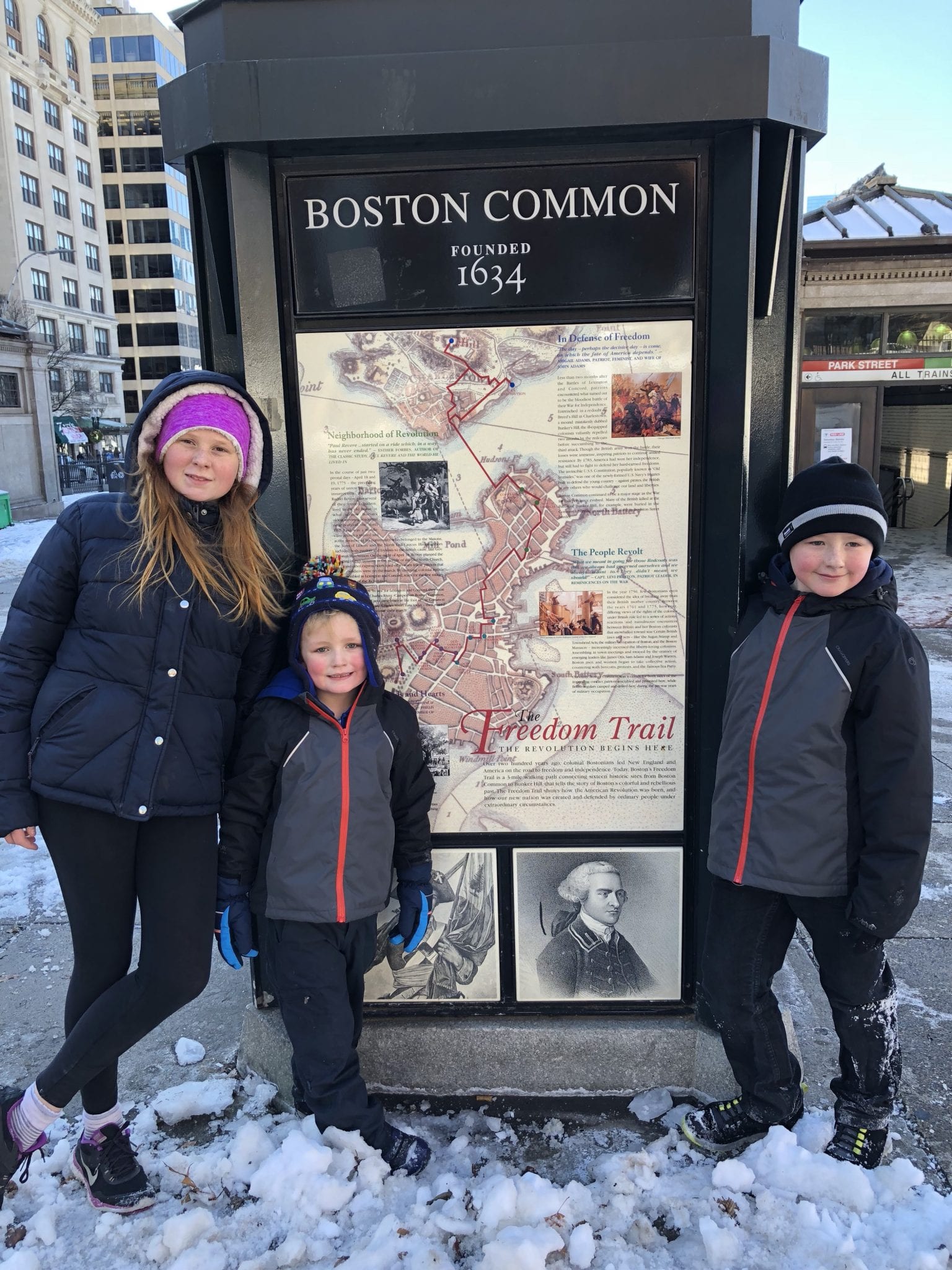

English colonists began to trickle stateside from the early 1600’s. By 1620 they had incorporated the region of New England. Roll on 1765 and issues began to arise as the British started to force home requirements that few believed in, tensions rose and in 1770 British soldiers shot dead five colonists in Boston. Legal wrangling ensued and despite assurances that justice would be done, the soldiers were found not guilty. Just two years later Samuel Adams (now the namesake of a gorgeous Massachusetts lager) began stirring up public support against everything British, which resulted in the Boston tea party, a not so fun event where boxes of tea were readily dispatched into the waters surrounding the city following tax disputes. By 1774 the British had taken advantage out of the colonists and determined that all British citizens would return to the UK to be tried for crimes committed in the American North East. The colonists had had enough and conflict erupted into what we now know as the American Revolution, lasting until 1781 a treaty was finally signed in 1783 which formally ended the conflict and provided the colonists with the Constitution of the United States and thus laying the foundations for what would become the worlds most powerful country.
Whizz forward to 1951 and a local Boston journalist by the name of William Schofield decided to link up all the historical significances of the city with a pedestrian trail. Within a few years over 40,000 people were walking the 2.5 mile trail annually and enjoying some of the best preserved history in the country.
Start: Boston Common
End: Bunker Hill
Distance: 2.5 miles
Time: Full day (if you call into all the sites, if not this can be walked within an hour).
Difficulty: Easy
Boston Common
The oldest city park in the United States, and once home to public executions, the common is a 6 acre city park which was completely covered in snow whilst we were there. An ice skating rink had popped up and various information boards told tales of a bygone era. A US National Historic Landmark, the common has been the soapbox for many political speeches, activities and events.
Massachusetts Statehouse
You cant miss the golden domed, light red bricked building sitting above the common. Built in 1798 this so called architectural masterpiece is a thieves dream. With a 23 carat gold plated dome worth just shy of a half million dollars, it to me, looked distinctively out of place. Tours must be booked in advance. A time capsule stashed in 1795 was recently opened and revealed coins, newspapers, a silver plaque and a copper medal. Such was the amazement by the glimpse into the past a DVD was released showing the opening. If that’s your thing.
Park Street Church
Look for the tall white spire, at 217ft it was once the United States tallest building (literally for 20 years!), it is today a fully functioning church and whilst we were there (Boxing day 2017) was firmly shut.
The Granary Burying ground
Final resting place of the three signers of the Declaration of Independence; Sam Adams, John Hancock and Robert Paine, who are also accompanied by Paul Revere (American patriot), the victims of the Boston Massacre and a few members of Benjamin Franklins family. The cemetery was closed the day we were there, which to be honest was fine, as mooching amongst the dead is not my thing.
Kings Chapel
Formerly known as ‘the Stone Chapel’ this fine building was the first Anglican Church in New England.
Statue of Benjamin Franklin
One of the founding fathers of the United States, Franklin is renowned for perhaps the earliest ever recorded act of stupidity; flying a kite in a thunderstorm. Going on to invent a number of things, Franklin is wrongly thought of as being a former US president, has a load of quotes attributed to him that are probably not true and is now known for having his face on the $100 bill and his name attributed to ships, streets and an airport in Texas.
Old Corner Bookstore
Initially a home, then an apothecary, this quirky looking building first sprouted roots as a bookshop in 1828. Once one of the countries most important bookshops, it continued to churn out reading material right up into the 1980’s.
Old South Meeting House
More a church than a house, this spire touting building was where five thousand colonists gathered to organise the Boston Tea party. Now a museum, it is claimed to be the second oldest establishment in the entire United States.
Old State House
One of the oldest public buildings in the US, it is the oldest surviving building in Boston. Now a museum, it was once the seat of the colony government from 1713 – 1776 before affirming itself as the seat of the state government until the end of the 1700’s.
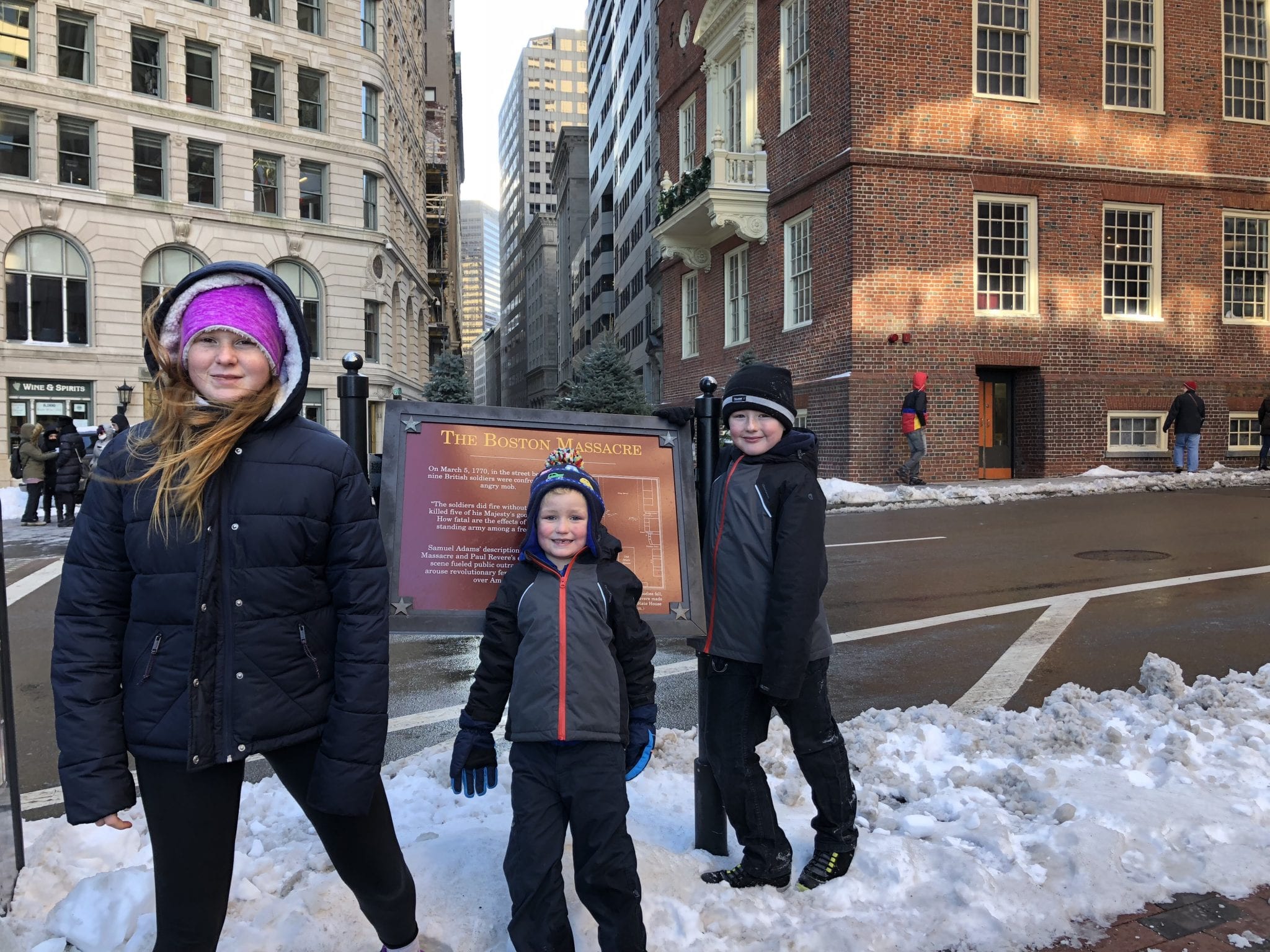

Site of the Boston Massacre
Not sure what we were expecting to be honest, but the massacre site is easy to miss and marked only by a circular stone in the ground and an information board.
Faneuil Hall
Used by the British as a theatre, though originally intended as a public market, this centuries old landmark now is surrounded by chain stores, markets and the buzz of tourists eating cheap food. This is where we stopped for lunch and where there really is something for everyone. If you can’t decide, nip into Quincy market for pretty much anything you want.
Paul Revere House
Former colonial home of American patriot Paul Revere, and now a museum, the three storey house was first knocked up in 1680. Like much of Boston it was gutted by the Great Fire in 1676. Numerous renovations over the years, including $4million dropped on it in 2007, have allowed this building to be central to many tourists plans when in the city.
Old North Church
“One if by land, two if by sea” goes the famous poem. But actually referring to the number of lanterns to be launched from the mission according to how the British would attack. It was this warning that allowed Revere to ensure church bells were then rang in surrounding towns informing the patriots of the attack. Recent investigations have found crypts containing over 1000 deceased in 37 tombs. Tours within the church include a visit to the crypt if this is your thing.
Copp’s Hill Burying Ground
Bostons second cemetery and eternal home to some of Bostons most significant historical figures.
USS Constitution
The worlds oldest commissioned naval vessel still on the water, this wooden hulled frigate was first launched in 1797. Built for the brand spanking new American Navy, she spent her early years providing protection for merchant ships. Retired from service almost a century later, some of the escapades of this beauty include a number of successes against naval ships from numerous countries including Britain, and seeing fighting in the waters of Africa and the Mediterranean.
Bunker Hill Monument
The Battle of Bunker Hill was early in the American Revolution and the final resting place of 1054 British soldiers and 450 United Colonists. Now a monument in the style of an obelisk stands above the city and can be reached by 294 steps.
The freedom trail is interesting, how can it not be. But be careful, at times it isn’t very well marked and we found ourselves back tracking a couple of times, especially near city hall. Be aware that the freedom trail actually misses a number of historical places of significance, most notably the scene of the Boston tea party.
Finishing at Bunker Hill monument you can either walk back to Boston Common, or hop on the transit system at Community College, disembarking at Park street and taking the orange line.
Due to the US largely lacking any depth of history, especially when compared to Europe, minor events or locations of minimal significance are often exaggerated and underwhelming. Boston is an exception. Rich in history, landmarks and sites, it is an absolute must for anyone remotely interested in American History.
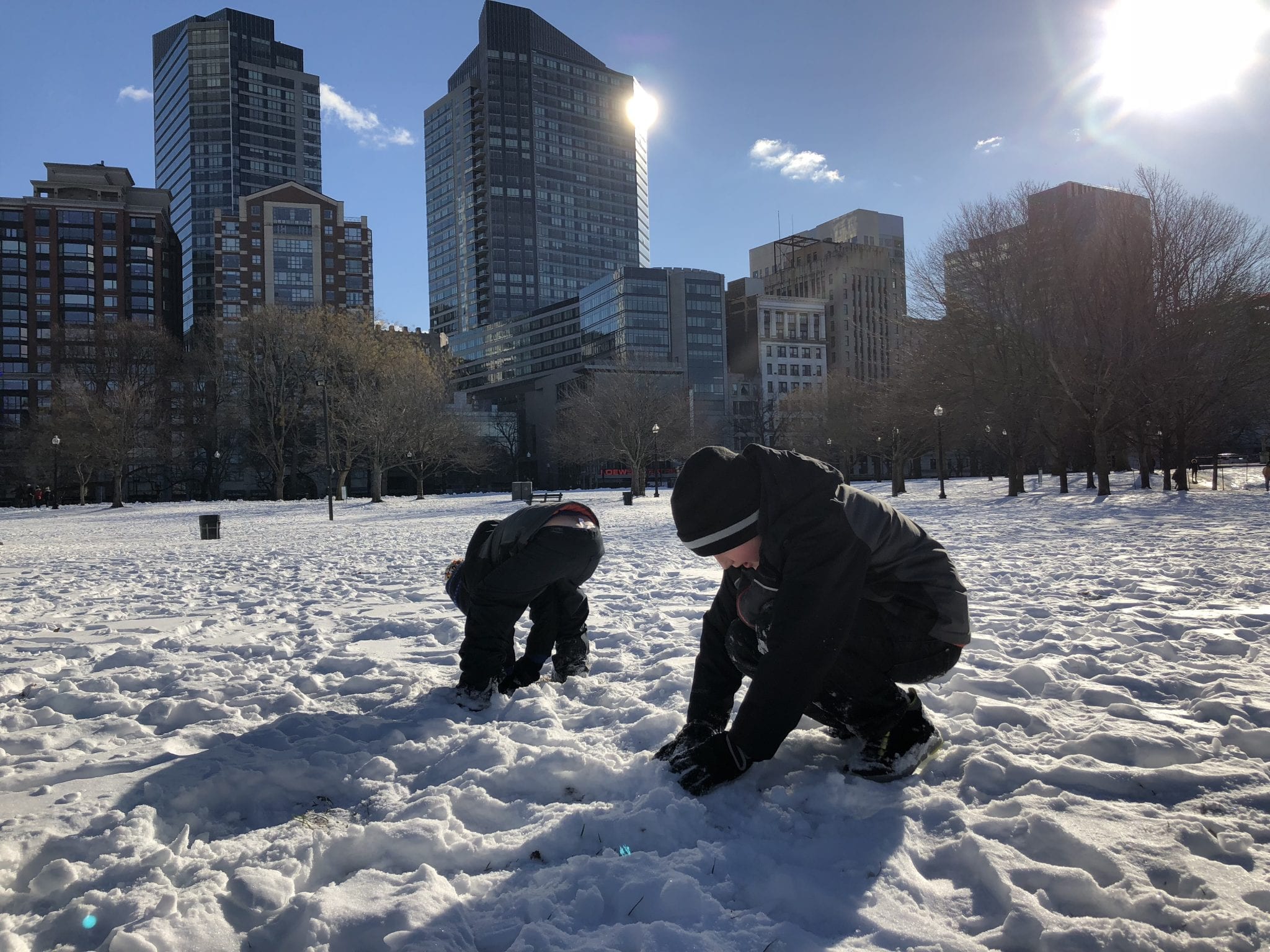




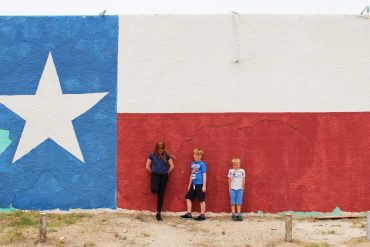
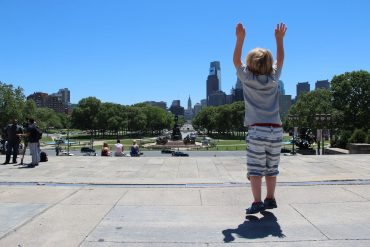
Comments are closed.